HDPE pipe dimensions, including HDPE Pipe diameters, wall thickness, and length, play a vital role in determining their performance, compatibility, and longevity. In this guide, we delve into the fundamentals of HDPE pipe dimensions, examine their implications, and offer valuable insights to help you make well-informed decisions for your upcoming projects.
What is HDPE, and Why Choose It?
What is HDPE Pipe Dimensions?
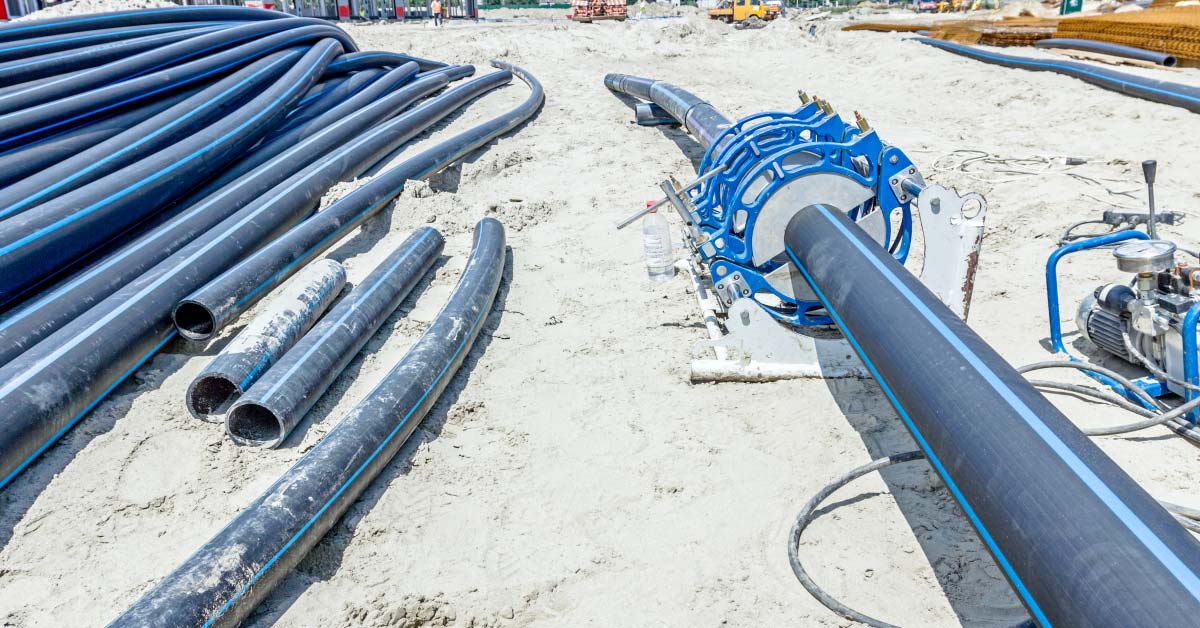
HDPE stands for High-Density Polyethylene, a thermoplastic polymer made from petroleum. It is known for its high strength-to-density ratio, making it an excellent material for a variety of piping applications. HDPE pipes are lightweight yet extremely strong, resistant to chemicals, and capable of withstanding extreme temperatures.
Benefits of HDPE Pipes
- Durability:
HDPE pipes are highly resistant to environmental stress and mechanical impact. They do not rust, crack, or degrade over time, even in challenging conditions. - Flexibility:
These pipes can be bent to a certain degree, making them suitable for uneven terrains and dynamic systems like water and gas distribution. - Resistance to Corrosion:
Unlike metal pipes, HDPE pipes are impervious to rust and chemical reactions, making them ideal for transporting aggressive fluids. - Applications:
- Water Supply: Used in municipal and agricultural water distribution systems.
- Gas Distribution: Ensures safe and efficient gas transport.
- Sewage Systems: Ideal for handling wastewater and drainage due to their non-reactive nature.
- Industrial Uses: Employed in slurry transport, chemical handling, and mining operations.
Industry Standards Governing HDPE Pipes
HDPE pipes adhere to global standards that ensure their quality and compatibility:
- ISO Standards (e.g., ISO 4427 for water pipes)
- ASTM Standards (e.g., ASTM F714 for large-diameter pipes)
- AWWA Standards (e.g., AWWA C906 for water and wastewater systems)
Key HDPE Pipe Dimensions
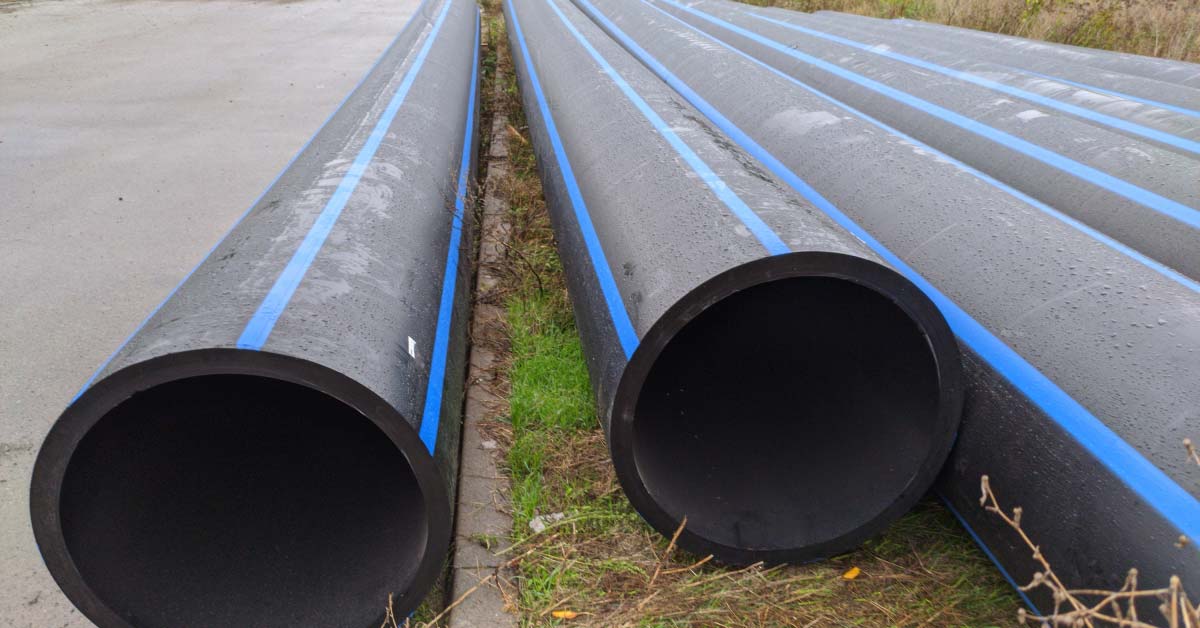
1. hdpe pipe diameters (IPS Outer Diameter and Inner Diameter)
The HDPE pipe dimensions play a crucial role in determining the pipe’s flow capacity and ability to handle pressure. HDPE pipes are classified based on their Standard Dimension Ratio (SDR), which is the ratio of the pipe’s outer diameter to its wall thickness. A lower SDR signifies a thicker wall, resulting in a higher pressure rating and enhanced durability.
- Impact on Flow Capacity:
Larger HDPE pipe diameters allow for higher flow rates, making it suitable for high-volume applications. - Pressure Ratings:
Pipes with smaller SDR values (e.g., SDR 9) can handle higher pressures, ideal for gas distribution and pressurized water systems.
2. Wall Thickness
The wall thickness directly correlates with the pipe’s strength and pressure resistance. It is a critical factor when selecting pipes for specific applications.
- Examples of SDR Classifications:
- SDR 11: Commonly used in high-pressure applications.
- SDR 17: Suited for medium-pressure systems.
- SDR 26: Used for low-pressure or non-pressurized systems.
3. Length and Joining Methods
HDPE pipe sizes are available in standard lengths, typically ranging from 6 meters to 12 meters. For continuous systems, they can also be supplied in coils.
- Joining Techniques:
- Butt Fusion: Melts and joins the pipe ends for a seamless connection.
- Electrofusion: Uses fittings with built-in electric heating elements.
- Mechanical Fittings: Ideal for temporary or non-permanent connections.
Decoding HDPE Pipe Specifications

Reading Pipe Markings
HDPE pipe sizes are marked with essential information, including:
- HDPE pipe sizes and HDPE pipe diameters
- SDR and pressure rating
- Manufacturing standards and certification
Pressure Ratings and SDR Calculations
The pressure rating of an HDPE pipe is influenced by its SDR value. The formula for calculating pressure capacity is:
Pressure Rating=Tensile StrengthSDR – 1\text{Pressure Rating} = \frac{\text{Tensile Strength}}{\text{SDR – 1}}Pressure Rating=SDR – 1Tensile Strength
Understanding Flow Capacity
Flow capacity is influenced by key factors such as the pipe’s inner diameter, wall thickness, and the material’s friction coefficient. Choosing the correct HDPE pipe sizes is essential to ensure efficient fluid transport while minimizing pressure losses, making the system both cost-effective and reliable.
Applications and Choosing the Right HDPE Pipe
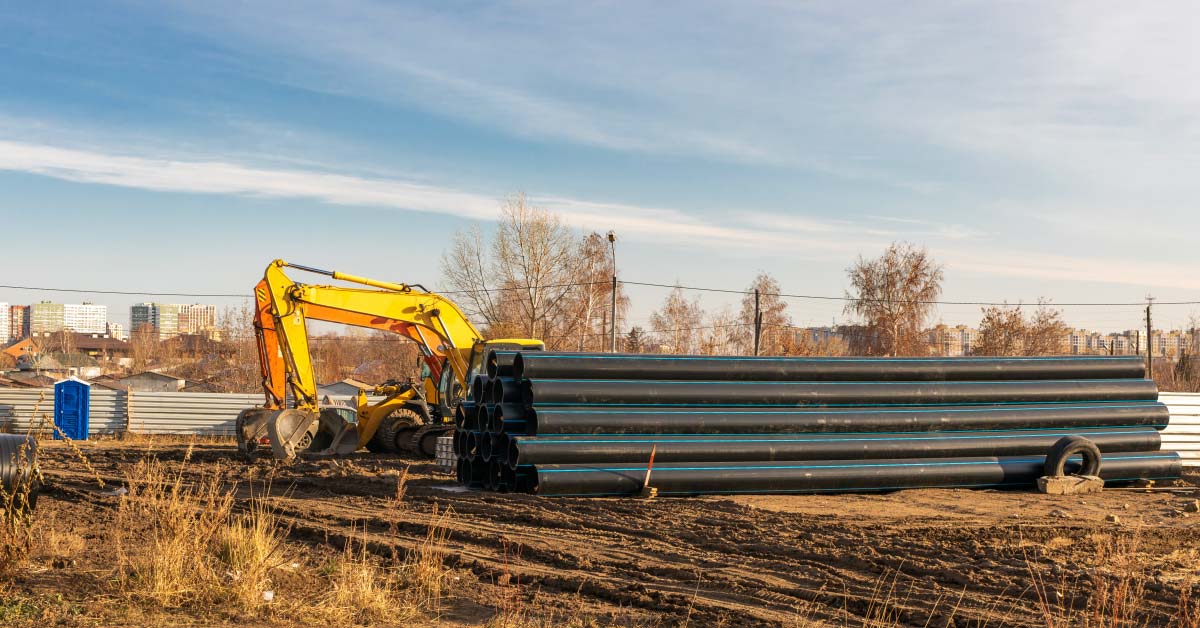
HDPE pipes are widely used across industries due to their adaptability, strength, and cost-effectiveness. Understanding the specific applications and selecting the appropriate HDPE HDPE pipe sizes for each use case is crucial for ensuring long-term performance and reliability. Below, we delve into these applications, the decision-making process for choosing the right HDPE pipe sizes, and common mistakes to avoid.
Industrial and Municipal Uses
HDPE pipes have a broad range of applications due to their resilience and versatility. Here are some key sectors where they excel:
1. Agriculture
- Irrigation Systems:
HDPE pipes are commonly used in drip irrigation, sprinkler systems, and other agricultural water distribution networks. Their resistance to UV radiation and corrosion makes them ideal for outdoor use. - Water Supply:
Farmers often use HDPE pipes for delivering clean water to fields, as the material is non-reactive and does not contaminate the water.
2. Construction
- Drainage Systems:
HDPE pipes are extensively used for stormwater drainage, foundation drainage, and culverts in construction projects. Their flexibility and durability make them easy to install in challenging terrains. - Temporary Pipelines:
In construction sites, HDPE pipes are ideal for temporary water and waste pipelines due to their lightweight nature and ease of transport.
3. Gas Distribution
- Safe and Efficient Gas Transport:
HDPE pipes are a preferred choice for natural gas distribution systems because of their strength, flexibility, and ability to handle high pressures. Their resistance to chemical reactions ensures the safe containment of gases.
4. Industrial Applications
- Slurry Transport:
In mining and other industries, HDPE pipes are used to transport abrasive slurries due to their high resistance to wear and tear. - Chemical Handling:
HDPE pipes are suitable for transporting aggressive chemicals in industries like oil refining, pharmaceuticals, and wastewater treatment.
How to Select the Correct HDPE Pipe Dimensions
Selecting the right HDPE pipe dimensions is critical for ensuring the pipe meets the specific needs of the project. Here are the key factors to consider:
1. Pressure Requirements
- Why It Matters:
The operating pressure of the system determines the pipe’s required strength. Pipes with higher SDR ratings (thinner walls) can handle lower pressures, while lower SDR ratings (thicker walls) are needed for high-pressure systems. - How to Choose:
Use the system’s pressure requirements to select the appropriate SDR rating. For example:- SDR 11 is suitable for high-pressure systems like gas distribution.
- SDR 17 is ideal for medium-pressure applications like water transport.
2. Fluid Type
- Chemical Compatibility:
The type of fluid being transported plays a major role in pipe selection. HDPE pipes are resistant to a wide range of chemicals, but some aggressive substances may require additional considerations, such as lining or protective coatings. - Viscosity and Solids Content:
Pipes transporting slurries or fluids with high solid content may need a larger diameter to prevent clogging and ensure smooth flow.
3. Environmental Factors
- Temperature Variations:
HDPE pipes expand and contract with temperature changes. Pipes in areas with extreme temperature fluctuations may need flexibility allowances in design. - Soil Conditions:
For buried pipes, soil type and compaction levels must be considered to prevent pipe deformation or damage from external loads. - UV Exposure:
HDPE pipes exposed to sunlight for extended periods should be UV-stabilized to prevent material degradation.
Common Mistakes to Avoid
Even with a solid understanding of HDPE pipes, certain errors can lead to costly inefficiencies or system failures. Here are the most common mistakes and how to avoid them:
1. Choosing a Pipe with an Insufficient Pressure Rating
- Impact:
Using a pipe with an SDR rating that cannot handle the system’s operating pressure can lead to deformation, leaks, or pipe bursts. - Solution:
Always calculate the maximum operating pressure and select a pipe with a suitable pressure rating, including a safety margin.
2. Neglecting to Account for Future System Expansions
- Impact:
If future capacity needs are not considered, the system may require costly upgrades or replacements. - Solution:
Anticipate potential growth in demand and choose HDPE pipe dimensions that allow for additional flow capacity or higher pressures.
3. Ignoring Environmental Factors
- Impact:
Overlooking environmental conditions, such as temperature extremes or soil load, can result in premature pipe failure or degraded performance. - Solution:
Conduct a thorough site assessment and select pipes with properties that match the specific environmental challenges of the location.
Tools and Resources for HDPE Pipe Dimensions Planning
HDPE Pipe Dimensions Charts
HDPE Pipe Dimension charts simplify the selection process by providing quick access to HDPE pipe sizes, SDR, and pressure ratings. These charts are invaluable for engineers and project planners.
Online Calculators and Design Tools
Online tools can help calculate:
- Flow rates
- Pressure losses
- Optimal SDR for specific applications
Consulting Experts
For complex systems, it is advisable to consult manufacturers or industry experts to ensure the selected pipes meet all project requirements.
Maintenance and Longevity Considerations
Proper maintenance of HDPE pipes is essential for ensuring their long-term performance and reliability. By selecting the appropriate HDPE Pipe dimensions and implementing regular inspection routines, you can significantly extend the lifespan of your HDPE piping system while reducing downtime and maintenance costs.
Impact of HDPE Pipe Dimensions on Longevity
The dimensions of an HDPE pipe, specifically the Standard Dimension Ratio (SDR) and diameter, play a critical role in determining its ability to withstand operational stresses and environmental factors. Here’s why:
- SDR and Wall Thickness:
A lower SDR means a thicker pipe wall, which enhances the pipe’s strength and its ability to handle higher pressures. Pipes with thicker walls are less susceptible to cracking or deformation under heavy loads or fluctuating pressures, making them ideal for high-stress applications like gas distribution and high-pressure water systems. - HDPE Pipe Diameters:
The pipe’s diameter affects flow rates and pressure dynamics within the system. Oversized pipes can lead to inefficiencies in fluid transport, while undersized pipes may experience excessive pressure, increasing wear and reducing the system’s longevity. Properly sizing the pipe diameter ensures optimal fluid dynamics, reducing unnecessary strain on the material. - Environmental Factors:
Choosing dimensions suited to the operational environment is crucial. For example, in areas with high external loads, such as buried pipelines under roads, pipes with thicker walls are less prone to collapse. Similarly, UV-stabilized pipes should be used in outdoor installations to prevent degradation.
Selecting the correct SDR and diameter during the planning stage minimizes the risks of material fatigue, cracking, and operational failures, ultimately extending the life of the piping system.
Inspection and Replacement Guidelines
Regular inspections and maintenance routines are vital for identifying potential issues before they escalate into costly failures. Below are the best practices for maintaining HDPE pipes:
1. Regular Inspection of Joints and Fittings
- Why It’s Important:
Joints and fittings are often the most vulnerable points in any piping system. They are subject to higher stresses during thermal expansion, contraction, and mechanical forces. - What to Inspect:
- Look for visible signs of wear, such as cracks, warping, or discoloration.
- Check for leaks at joints and connection points.
- Inspect the fusion welds (in butt or electrofusion) for any signs of separation or weakness.
- Frequency:
Perform inspections semi-annually or annually, depending on the application and environmental conditions.
2. Replacement Guidelines
- Signs a Pipe Needs Replacement:
- Deformation: Pipes showing signs of bending, flattening, or buckling should be replaced immediately as these indicate structural failure.
- Excessive Wear or Erosion: If the interior walls of the pipe are eroded (common in slurry transport or abrasive fluid handling), the pipe’s ability to handle pressure may be compromised.
- Cracks or Leaks: Any visible cracks, especially near joints, should be addressed promptly. Minor leaks can be repaired with fittings, but larger cracks typically require replacement of the affected section.
- Proactive Replacement:
Even without visible damage, pipes nearing the end of their expected service life should be replaced to avoid sudden failures. For HDPE, the lifespan is often 50-100 years under optimal conditions, but this can vary depending on pressure, temperature, and chemical exposure.
3. Manufacturer Recommendations
Always adhere to the maintenance schedules and guidelines provided by the pipe manufacturer. These recommendations often include:
- Optimal inspection intervals.
- Cleaning routines to prevent buildup or clogging.
- Instructions for storage and handling to prevent damage during installation.
4. Record Maintenance Activities
Maintain detailed logs of all inspections, repairs, and replacements. This helps identify recurring issues, predict future maintenance needs, and ensure compliance with safety regulations.
Conclusion
Understanding HDPE pipe dimensions is essential for optimizing system performance, ensuring compatibility, and prolonging the life of the infrastructure. By considering factors such as diameter, wall thickness, and SDR, project planners can make informed decisions that align with their specific requirements..
Leverage HDPE pipe dimensions charts and consult with experts to ensure the success of your project. For further assistance or to download a free HDPE pipe dimensions chart, contact us today..


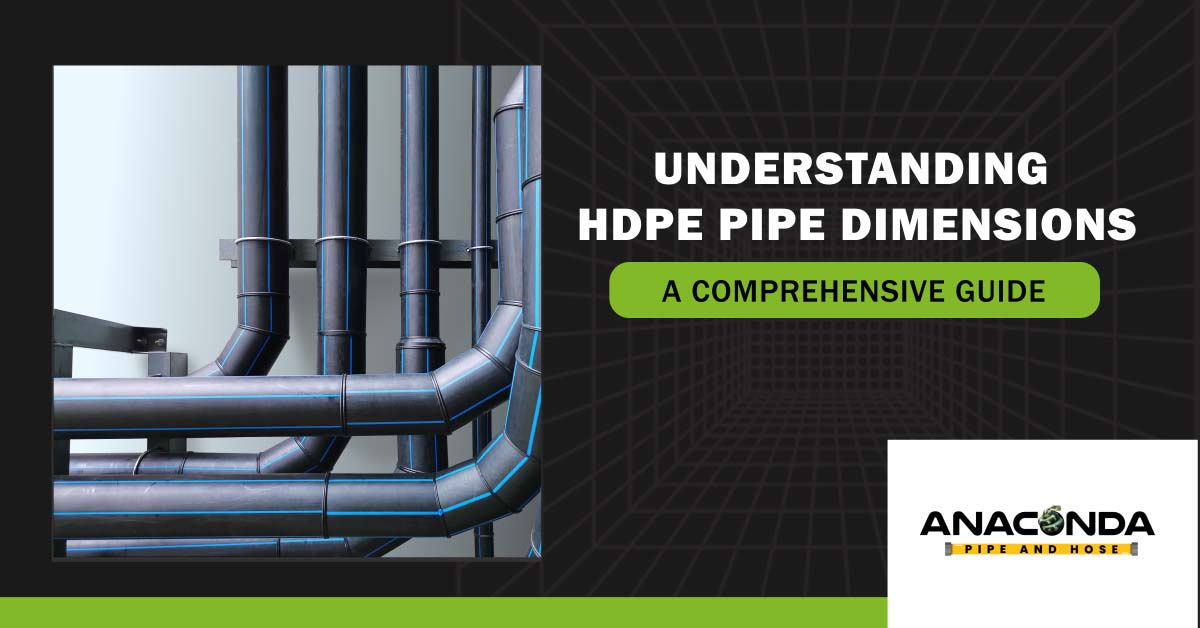
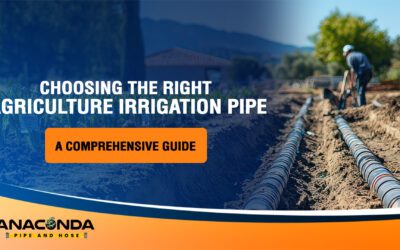
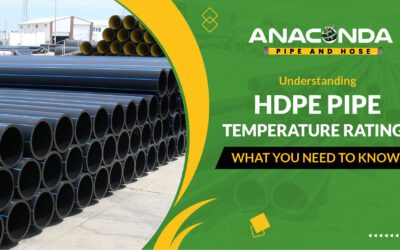
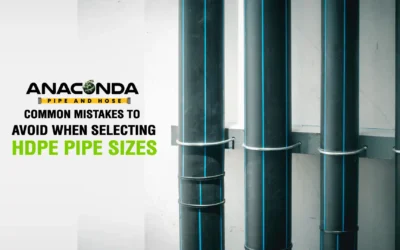
0 Comments